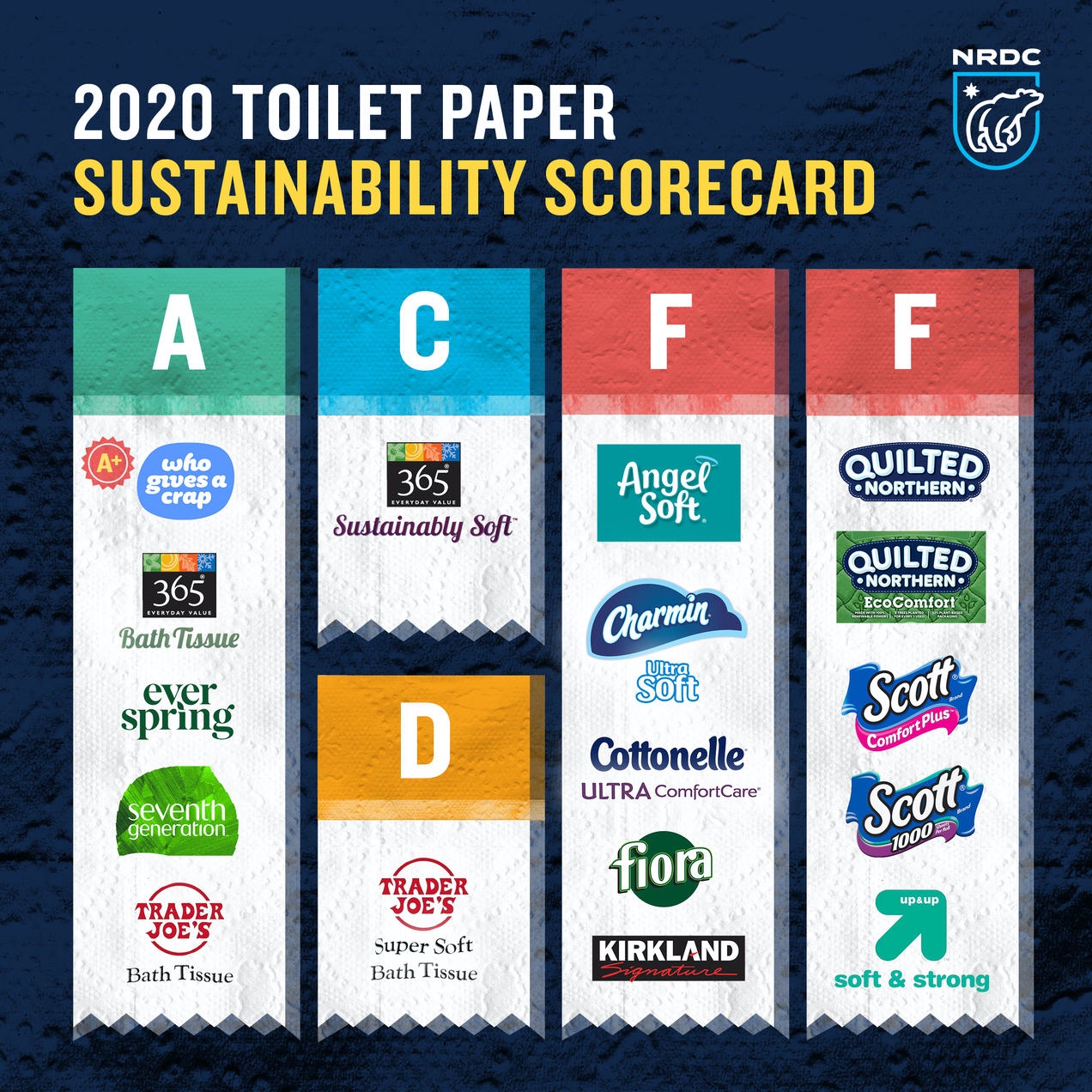A New Year’s resolution for Procter & Gamble: turn your promises into commitments
The consumer goods giant continues to make irresponsible use of the world’s forests.

Our forests, in particular the boreal, are invaluable for absorbing and storing the world’s carbon supplies. As the climate crisis worsens, it’s becoming more and more glaring ridiculous and terrible that one of the world’s largest consumer goods companies — Procter & Gamble — continues to turn more and more of the world’s largest intact forest into toilet paper.
This month, P&G released its 2020 sustainability report. While the producer of Charmin toilet paper, Bounty paper towels and Puffs tissue paper addressed its impact on forests more than it ever has before, it failed to outline enough concrete commitments to reduce virgin forest fiber in its tissue products.
The report wrapped up a particularly eventful year for P&G: including everything from a toilet paper shortage in May caused by pandemic hoarding to an investor revolt over the companies’ forest impacts during the annual shareholder meeting in October. In his opening remarks in the report, CEO David Taylor addressed the shareholder vote directly by restating his company’s commitments to sustainability and responsible sourcing for its products.

Source: Pixabay
In the “Forestry” portion of the report, to their credit, P&G included a section addressing the shareholder concerns, including the Canadian boreal forest. The report highlighted the importance of the boreal forest, especially to the Indigenous communities who live there and the woodland caribou populations, which rely on it for habitat.
Also exciting is a new section on the potential use of alternative fibers in their toilet paper, paper towels and facial tissues; these are promising signs that P&G may be taking the matter of protecting the boreal forest protection and forest-free fibers more seriously than before.
Unfortunately, while the report left open the possibility of reducing forest fiber in its tissue products, it doesn’t do enough toward reducing the company’s impact on boreal forests. To take substantive action, P&G needs to commit to using at least 50 percent alternative fibers in its products and outline a specific timeline to achieve that goal.
There is a growing list of alternative fibers available for tissue manufactures. Some options, like recycled paper, are commonly found in tissue products from other leading brands. Other materials, like bamboo and wheat-straw, are increasingly being adopted by tissue makers to create more environmentally friendly products. The P&G report even linked to an article mentioning the Columbia Pulp mill that has started commercial pulping of wheat-straw, a viable option for forest-free fibers, just this past year.
When it comes to incorporating alternative fibers into the supply chain, there are several considerations tissue producers must take into account. Some alternative fibers require planting more crops while others are simply made from agricultural byproducts or recycled material. What all these options have in common, however, is that using them would reduce P&G’s impact on intact forests.

Toilet Paper brands ranked by sustainability: from NRDC’s Issue with Tissue 2.0
The bottom line is that incorporating alternative fiber is the necessary step that P&G must take to reduce the harm done to the boreal forest. Stripping our natural environment and degrading our ecosystems for single-use products is a practice that needs to be left in the past, the sooner the better.
It’s time for Procter & Gamble to make the commitments that the world’s forests really need; to leave them standing.
Topics
Authors
Ian Corbet
Find Out More

What can we do to keep the boreal forest from being flushed away?

Five of the biggest wins for wildlife and wild places in 2023

Five things to toast this holiday season


